“Here you leave today…” Since Disneyland opened in 1955, that simple invitation has served as a de facto design statement for Disney’s “castle parks” around the globe. From Orlando to Shanghai, each subsequent “Disneyland” has evolved to more fully immerse guests into romanticized versions of worlds “yesterday, tomorrow, and fantasy.” The idea is that guests will be transported to another time and place that can’t quite be found on a timeline or map. While they may resemble history, they’re enchanted; passed through an idealized lens.
Walking right down the middle of a glowing, incandescent, nostalgic Main Street, U.S.A.; torch-lit Adventurelands drawn from the pulpy pop culture of yore; futures that never were, but always will be in the collective consciousness. And through it all, you’ve likely had one persistent thought repeat again and again in your mind: “I only wish I could leave this fantasy nonsense behind and get back to reality.”
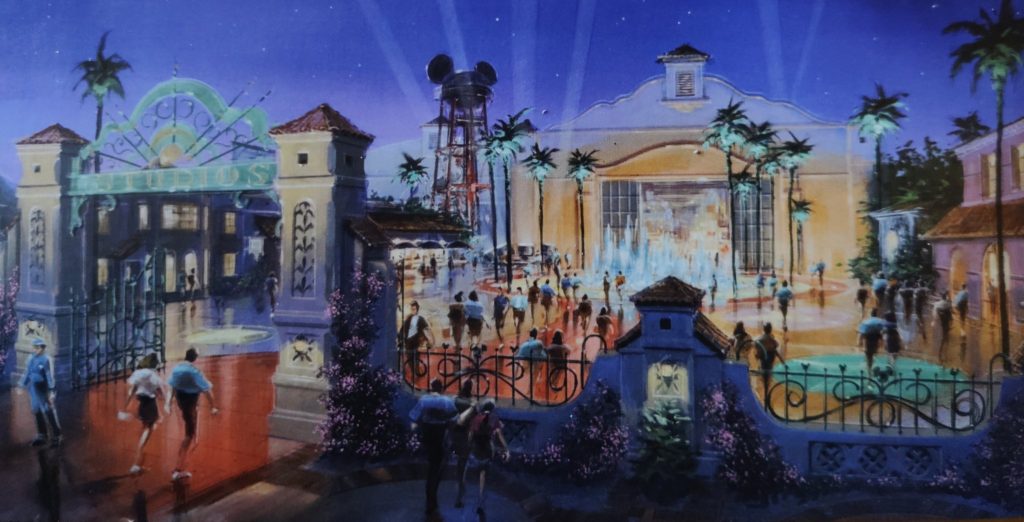
At least, that must’ve been what Disney’s executives imagined when they commissioned the construction of Disney’s most disastrous theme park ever; a park that dispensed entirely with immersion, fantasy, and romance in favor of blistering blacktop, metal lighting rigs, electrical poles, and big, boxy, beige soundstages. Less a celebration of Hollywood’s storied past and more a trip to an empty industrial backlot, Walt Disney Studios Park at Disneyland Paris was nothing short of a box office bomb.
Though our Declassified Disasters series at Park Lore is filled with its fair share of failed rides, concepts, and even theme parks, there’s probably none that have been so spectacular, resounding, and complete a failure at the would-be second gate in France. Today, we’ll step through its agonizing Opening Day version, watch its slow “Band-Aiding,” and tackle the ultimate question: will Disney’s $3 billion investment in this park actually save it? Or will a new IP-focused mini-land model fail to fix its broken foundation?
And before we head off, remember that you can unlock rare concept art and audio streams in this story, access over 100 Extra Features, and recieve an annual Membership card and postcard art set in the mail by supporting this clickbait-free, in-depth, ad-free theme park storytelling site for as little as $2 / month! Become a Park Lore Member to join the story! Until then, let’s start at the beginning…
Opening credits
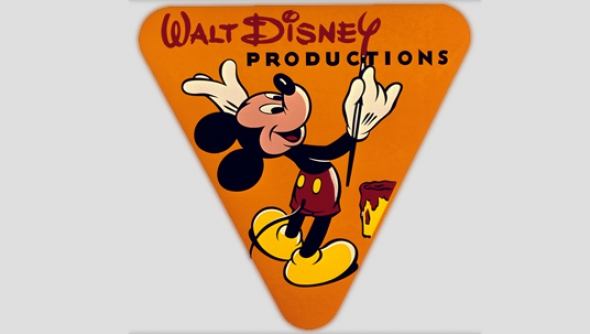
In the early 1970s and early ’80s, the Walt Disney Company was struggling. In the 15 years since Walt’s 1966 death, the company had experienced a period of stagnation and – frankly – uncertainty. What was the Walt Disney Company without Walt Disney? Who would take the reins? Whose vision should the company follow? And indeed, the 1970s had been one of the bleakest times at the company. Hit films were becoming increasingly rare, animation was all but abandoned, Walt’s EPCOT city was canned, and the theme parks were being left behind as a rotating cast of internal executives tried (and inevitably failed) to match Walt’s vision and direction.
You may guess who’s coming next… A pivotal figure around whom many of our Lost Legends and Declassified Disasters revolve.
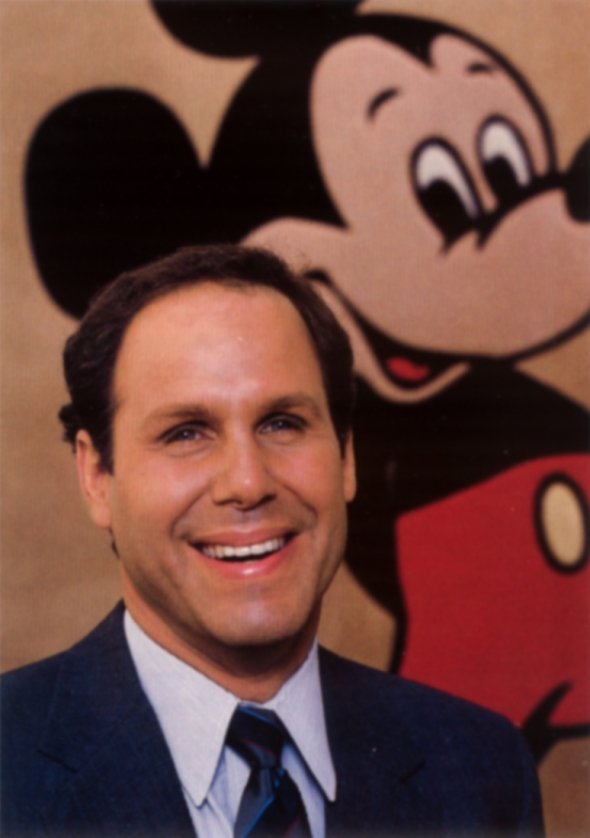
In 1984, Michael Eisner appeared with just the credentials to fix it all. Coming to Disney straight from a time as CEO of Paramount Pictures, Eisner was deeply embedded in the film industry and quickly set to work turning around Disney’s luck there. He kicked off a period of rebirth at Disney Animation so legendary, it earned its own in-depth Park Lore Special Feature: The Disney Renaissance. During that ’90s pop culture peak, Disney had hit after hit after hit at the box office from The Little Mermaid, Aladdin, and The Lion King to Beauty and the Beast and Pocahontas. Likewise, his media industry savvy saw Disney acquire ESPN and ABC and forge a groundbreaking partnership with Pixar.
When it came time to address the shortcomings of Disney’s aging theme parks, Eisner had a cinematic plan there, too. His unique film-centered résumé gave him three controversial ideas for fixing Disney’sparks, each more unimaginable than the last. Eisner believed:
- That Disney parks should be places where every member of the family – including thrill-seeking teenagers – would want to visit;
- That to entice young people to visit, Disney parks should be hip, cool, cutting-edge places where guests could “ride the movies!”;
- That – since Disney didn’t exactly have a modern catalogue of many movies worth seeing – those movies didn’t necessarily have to be Disney movies
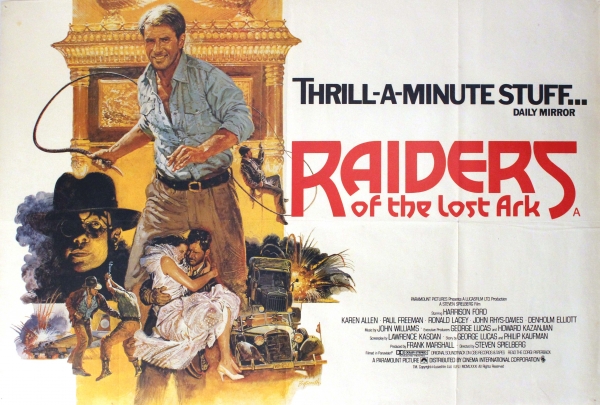
While we traced all of Eisner’s eccentric and ambitious projects in our standalone “Ride the Movies” Special Feature, rest assured that fresh from his time at Paramount, Eisner had just the connections to breathe new life into Disney parks.
Indebted to Eisner for greenlighting Raiders of the Lost Ark at Paramount, George Lucas was eager to work with Disney and bring his growing catalogue along. Of course, audiences of the era couldn’t imagine that a Lost Legend: STAR TOURS (based on Star Wars, distributed by 20th Century Fox) and Indiana Jones (distributed by Paramount) could fit into Walt Disney’s magic kingdom, yet they appeared. So did the hip Videopolis dance club, Michael Jackson’s Lost Legend: Captain EO, and, later on, another Disney / Lucas Lost Legend: The ExtraTERRORestrial Alien Encounter.
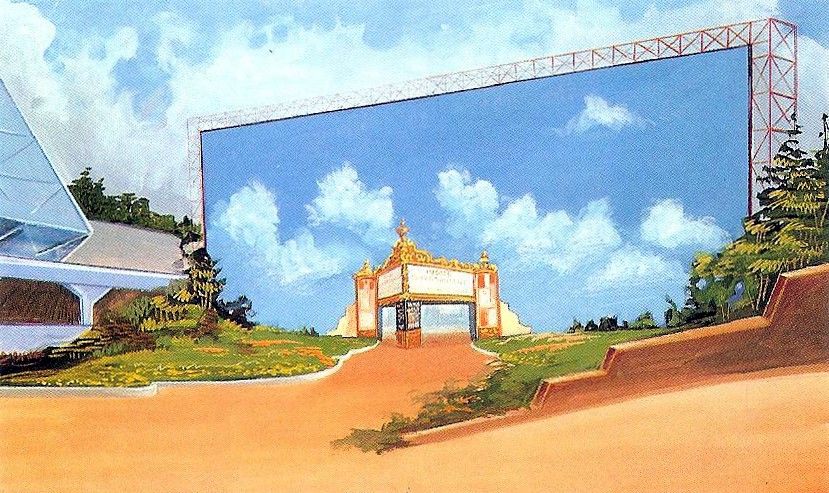
Eisner was so invested in bringing movies to life at Disney parks, he believed that the film industry deserved its own dedicated pavilion at EPCOT Center, and tasked Disney Legend Marty Sklar with developing a movie-centered project. The resulting pavilion was intended to fit between The Land and Imagination in the park’s Future World, concealed behind a massive blue-sky backdrop. Inside, the pavilion’s star would’ve been (like most of EPCOT Center’s pavilion headliners) an all-encompassing dark ride – Great Moments at the Movies – which would transport guests through the most fabled scenes in cinema history.
Then, of course, rumors suggested that Universal Studios was interested in building a studio-themed attraction right in Disney’s backyard. Wouldn’t you know it? Eisner was seized by inspiration… Maybe this oversized dark ride deserved a place of prominence in an entirely new theme park dedicated to filmmaking…
Hollywood in Orlando
When the Disney-MGM Studios Theme Park opened on May 1, 1989, Michael Eisner’s dedication was a thoughtful one. He called for the park to be “dedicated to Hollywood – not a place on a map, but a state of mind that exists wherever people dream and wonder and imagine; a place where illusion and reality are fused by technological magic. We welcome you to a Hollywood that never was – and always will be.”
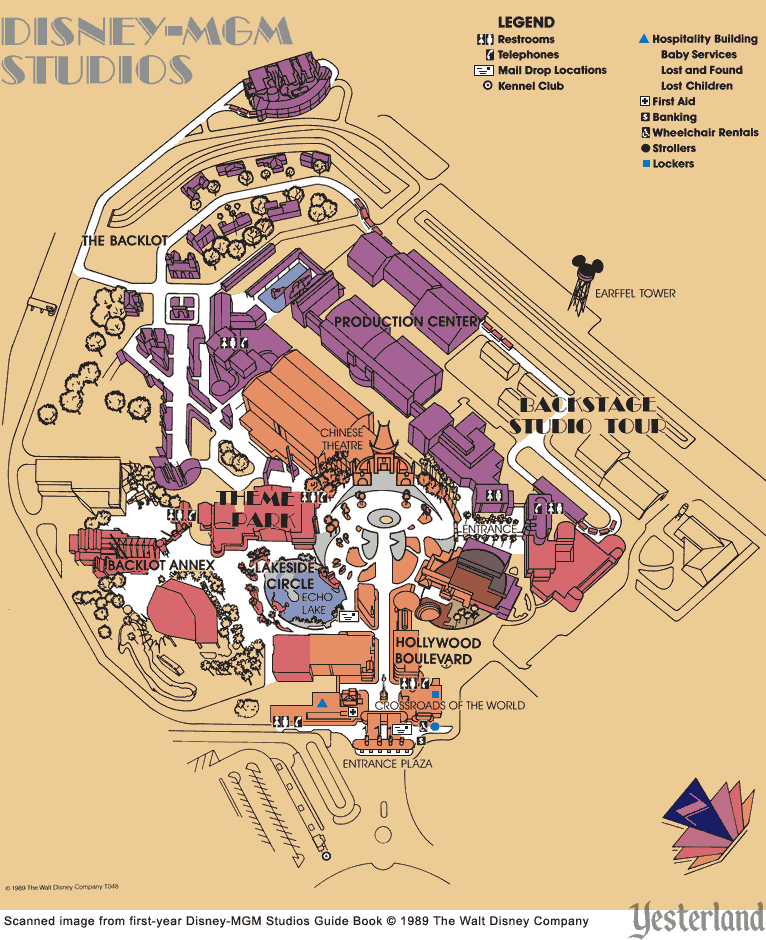
For all the pomp and circumstance, Walt Disney World’s third theme park was small. Very small. In its opening year, the pedestrian-accessible “theme park” proper was made up of only of modern day Hollywood Blvd. and Echo Lake (orange and light pink on the map above), and the park offered only two rides. Naturally, the first was the epic, EPCOT-esque Lost Legend: The Great Movie Ride, housed in the elegant Chinese Theater recreation, towering at the end of an idealized golden age Hollywood Blvd.
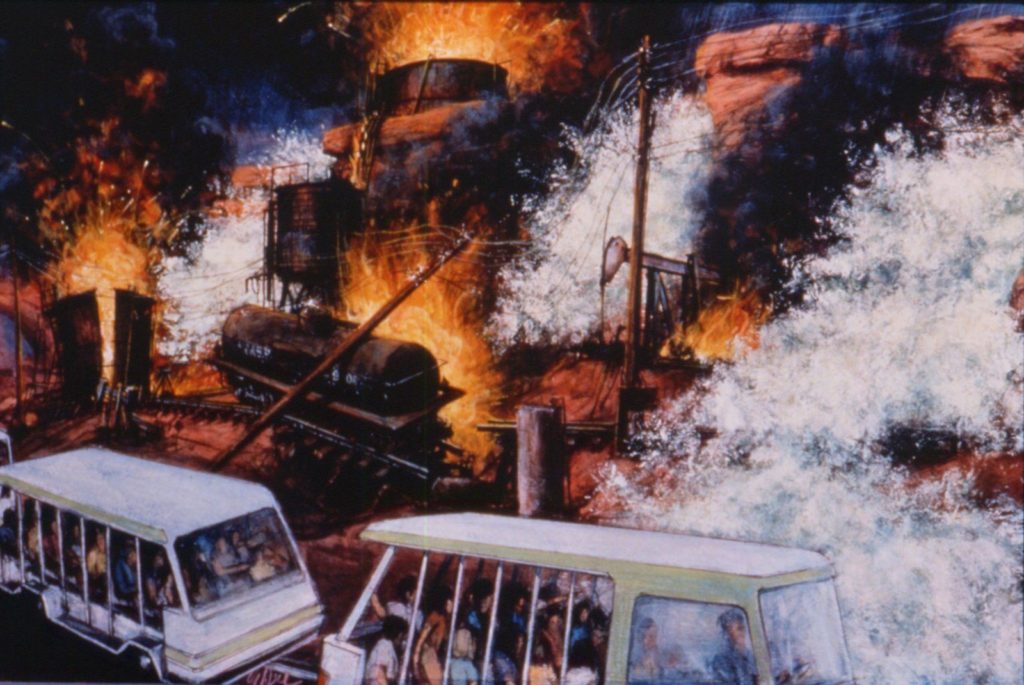
The second ride was the real showstopper – and frankly, the park’s main purpose: a multi-hour Backstage Studio Tour. Part walking tour, part tram tour, this truly gargantuan attraction (any area in deep pink or purple in the map above) would weave in and out of real working production facilities, soundstages, and demonstrations where actual television and film studios would operate.
Along the Studio Tour, guests would view pre- and post-production facilities, watch animators craft Disney’s next masterpiece, and even catch real filming in person! Eisner’s new park had gifted guests with a sought-after peek behind-the-scenes…
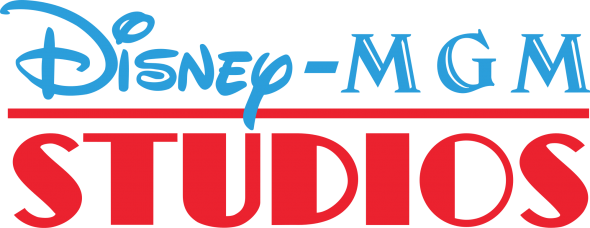
So it should be no surprise that Eisner believed the Disney-MGM Studios concept was highly franchisable. In fact, while blacktop was still hardening on the tram tour’s route in Orlando, Disney began the process of drafting a whole new Disney-MGM Studios to join its in-development Euro Disney Resort… Read on…



